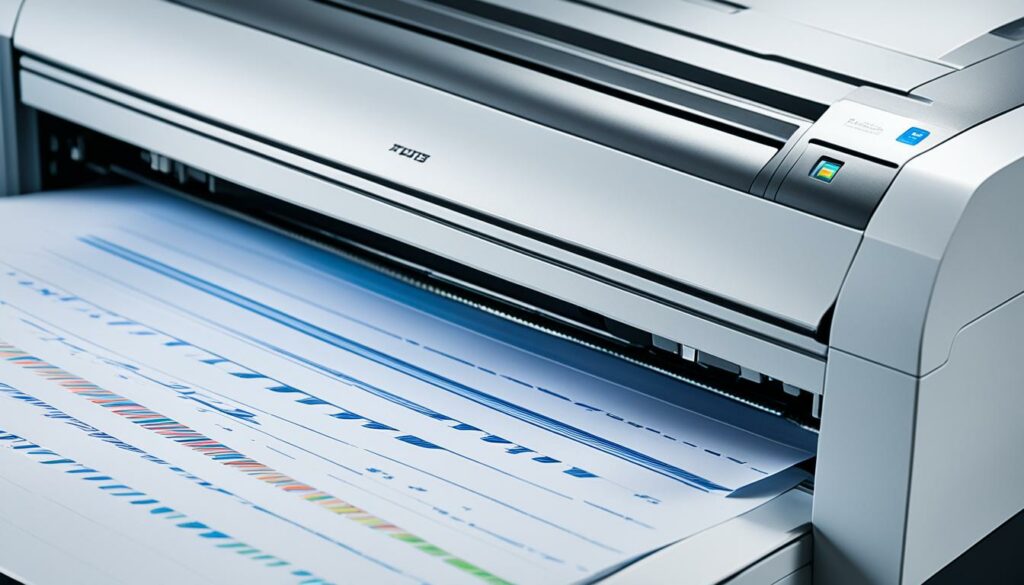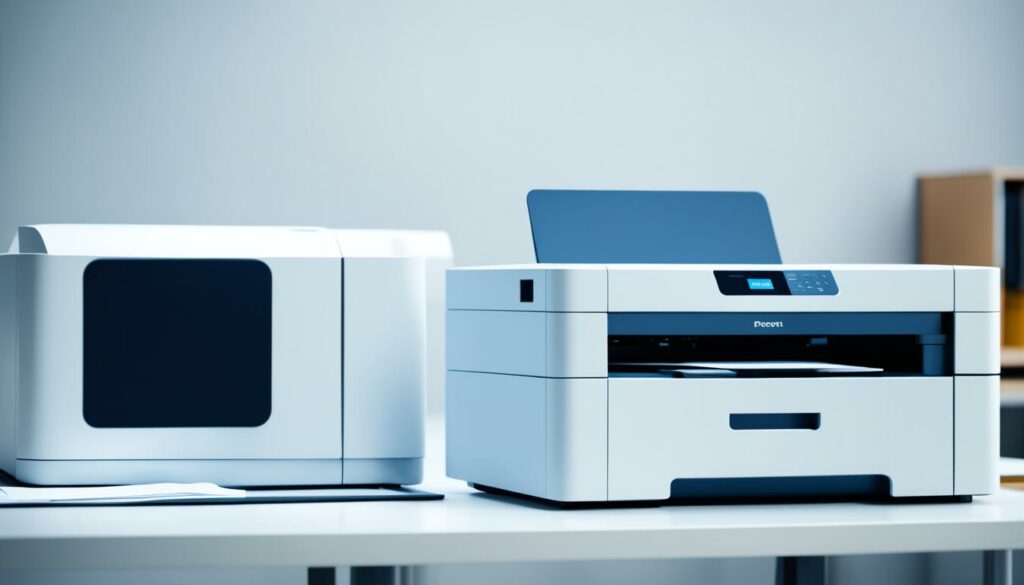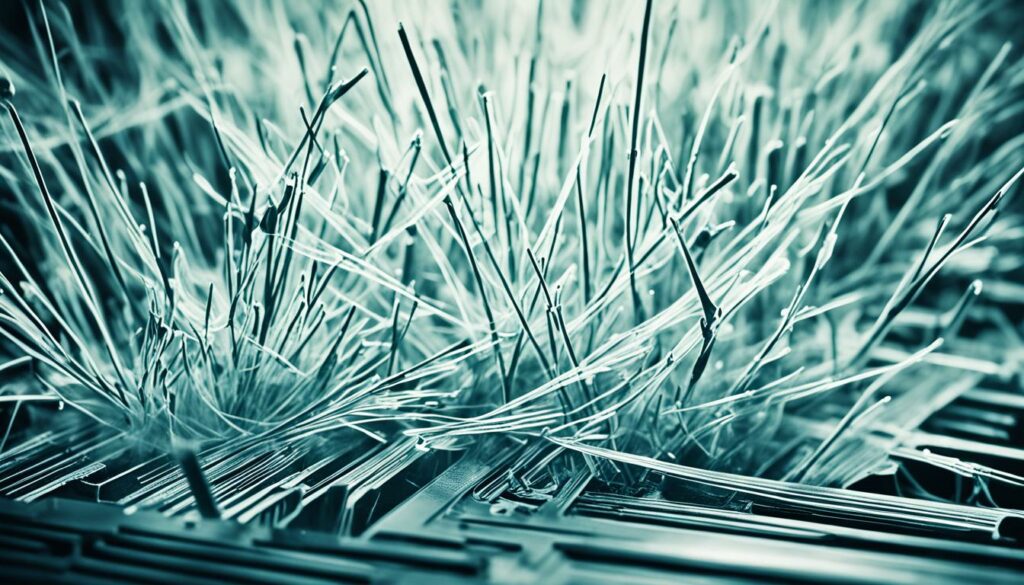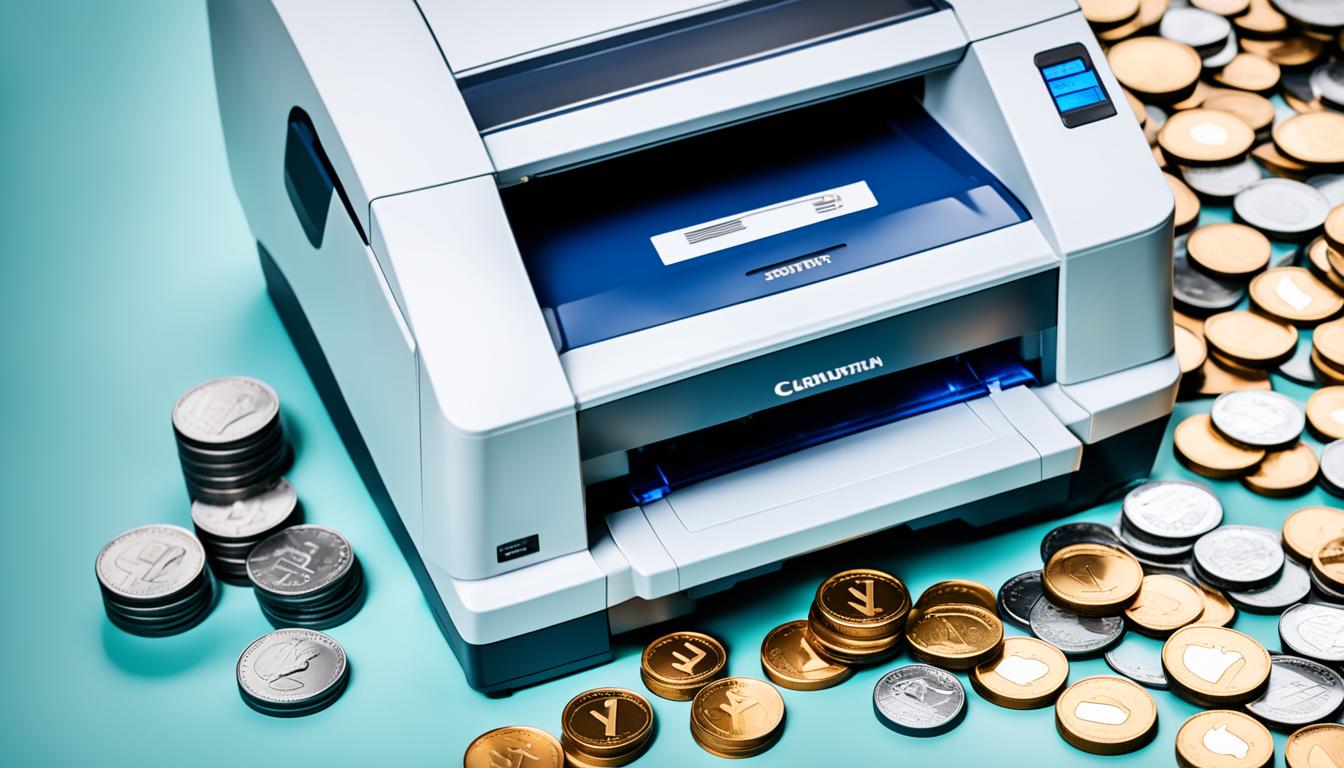Laser printers have revolutionized the printing industry with their speed and efficiency, making them a popular choice for both home and office use. However, like any technology, laser printers have their drawbacks that users should be aware of. Understanding the disadvantages of laser printers can help you make an informed decision before investing in one.
One of the main drawbacks of laser printers is their high upfront costs. Laser printers are generally more expensive to purchase initially compared to inkjet printers. Additionally, the cost of toner cartridges for laser printers is higher than inkjet ink cartridges.
Another disadvantage of laser printers is their bulkier design. Unlike inkjet printers, laser printers tend to be larger and heavier, taking up more space in your office or home. This can be a disadvantage for users with limited desk space or for those who require a portable printer.
Laser printers also have limited paper options. They are not suitable for heat-sensitive materials, as the printing process involves heat that can potentially damage the sensitive paper. Additionally, laser printers may struggle to produce high-quality graphics and photographs compared to inkjet printers.
Toner leaks can be another downside of laser printers. These leaks can be messy and difficult to clean, potentially affecting the quality of your printed documents.
Lastly, laser printers have an environmental impact. They consume more energy during the printing process and can emit ozone, which is harmful to the environment. Proper disposal of toner cartridges is also essential to minimize environmental pollution.
While laser printers have their disadvantages, they also have their advantages. Laser printers excel in speed and are more cost-effective for printing large volumes of text-based documents.
Key Takeaways:
- Laser printers have high upfront costs and may require more frequent maintenance.
- Laser printers have limited paper options and may struggle with producing high-quality graphics.
- Laser printers have a bulkier design and are less portable compared to inkjet printers.
- Toner leaks and environmental impact are additional drawbacks of laser printers.
- Laser printers are more cost-effective for printing large volumes of text-based documents.
Higher Initial Investment and Maintenance Costs
While laser printers offer several advantages, such as faster print speed and better cost per page for text-based documents, they also come with certain disadvantages. One of the main drawbacks of laser printers is the higher upfront cost compared to inkjet printers. Laser printers are generally more expensive to purchase initially, and the cost of toner cartridges is also higher compared to inkjet ink cartridges.
When considering the cost of a laser printer, it's important to factor in the overall cost of ownership. Laser printers may require more frequent maintenance, which can add to the expenses. Regular maintenance tasks, such as replacing fusers and cleaning optical components, contribute to the maintenance costs associated with laser printers.
Despite the higher initial investment and maintenance costs, laser printers can provide cost savings in the long run. Laser printers have a lower cost per page due to their higher page yield and efficient use of toner. This makes them more cost-effective for users who print large volumes of text-based documents regularly.
To illustrate the cost-effectiveness of laser printers, let's consider an example:
| Laser Printer | Inkjet Printer |
|---|---|
| Initial Cost | Lower |
| Toner Cartridge Cost | Higher |
| Cost per Page | Lower |
| Total Cost over 1 Year | Lower |
This comparison demonstrates that while laser printers may require a higher investment at the beginning, the lower cost per page and overall lower expenses make them a cost-effective choice in the long run.
In conclusion, the higher initial investment and maintenance costs associated with laser printers may discourage some buyers. However, when considering the long-term cost-effectiveness and efficiency of laser printers for large-volume, text-based printing, they offer significant advantages over inkjet printers.
Limited Paper Options and Graphics Quality
Laser printers offer many benefits, but they also have some limitations when it comes to paper options and graphics quality. It's important to consider these factors when choosing a printer for your needs.
Laser printer paper options:
Unlike inkjet printers, laser printers have more limited paper options. Laser printers are not suitable for heat-sensitive materials, as the heat used in the printing process can cause damage to the paper. So if you need to print on heat-sensitive materials, such as certain types of labels or transparencies, a laser printer may not be the best choice for you.
Laser printer graphics quality:
When it comes to graphics and photographs, laser printers may struggle compared to inkjet printers. While laser printers excel in producing sharp black text, they may not be able to reproduce vibrant and highly detailed graphics and photographs as effectively. If you require high-quality and detailed images, especially for professional or artistic purposes, an inkjet printer might be a better option.
It's important to consider your specific printing needs and prioritize what matters most to you. If you predominantly print text-based documents and value speed and cost-effectiveness, a laser printer is a good choice. However, if you require versatile paper options and superior graphics quality, an inkjet printer might be more suitable for your needs.

Bulkier Design and Lack of Portability
Laser printers are known for their exceptional print quality and speed, but they do have some downsides that may not make them suitable for all users. One of the drawbacks of laser printers is their bulkier design, which sets them apart from their inkjet counterparts. Unlike compact and lightweight inkjet printers, laser printers tend to be larger and heavier, occupying more space and making them less portable. This can be a disadvantage for users who have limited office space or those who frequently need to transport their printers.
While inkjet printers offer a more compact and portable solution, laser printers prioritize functionality and durability. Their design includes a complex internal mechanism that enables precise toner application and high-speed printing. This robust construction contributes to their larger size and weight, providing increased reliability and longevity.
In contrast, inkjet printers are designed to be more compact and lightweight, making them easier to fit into smaller spaces and transport when needed. This makes inkjet printers an ideal choice for users who prioritize portability or have limited desktop or workspace.

Despite their lack of portability, laser printers are still a top choice for many users due to their efficiency and high print volume capabilities. They are commonly found in office environments where reliable and fast printing is crucial.
Comparing the Design Features of Laser Printers and Inkjet Printers
| Design Features | Laser Printers | Inkjet Printers |
|---|---|---|
| Size and Weight | Larger and heavier | Smaller and lighter |
| Portability | Less portable | More portable |
| Design Complexity | Complex internal mechanism for high-speed printing | Simple construction |
| Space Efficiency | Requires more space | Occupies less space |
While laser printers may have a bulkier design and limited portability, their high-quality prints and efficient performance continue to make them a popular choice for businesses and individuals who prioritize functionality and high-volume printing. However, for users seeking a more compact and portable solution, inkjet printers offer a suitable alternative.
Toner Leaks and Environmental Impact
Laser printers, while efficient in many aspects, are not without their drawbacks. One notable disadvantage is the occurrence of toner leaks. These leaks can be messy and pose challenges when it comes to cleaning. They have the potential to stain documents and, in some cases, even damage the printer itself.
It is important to handle toner cartridges with care to avoid any mishaps. Laser printer toner leaks can result in frustrating experiences and unnecessary expenses.
Furthermore, the environmental impact of laser printers is a concern. During the printing process, laser printers consume more energy compared to other types of printers. Additionally, they emit ozone, which is harmful to the environment and human health. Proper disposal of toner cartridges is crucial to minimize the negative impact on the environment.
Minimizing Toner Leaks
To prevent toner leaks, it is essential to follow appropriate handling procedures. Here are some tips:
- Always handle toner cartridges with caution, avoiding any unnecessary movement or shaking.
- Store toner cartridges in a cool, dry place to avoid any heat-related issues.
- Before replacing a toner cartridge, ensure that it is compatible with your printer model.
- Follow the manufacturer's instructions when installing or replacing toner cartridges.
Reducing Environmental Impact
While laser printers may have a higher environmental impact compared to other printing technologies, there are steps you can take to minimize their negative effects:
- Choose eco-friendly or energy-efficient laser printers that have lower energy consumption.
- Consider duplex printing to reduce paper waste and save resources.
- Recycle used toner cartridges responsibly by participating in manufacturer or third-party recycling programs.
- Use recycled or eco-friendly paper whenever possible.
Taking these measures will not only help reduce toner leaks and the environmental impact of laser printers, but also contribute to a more sustainable printing practice overall.
| Laser Printers | Inkjet Printers | |
|---|---|---|
| Print Speed | Faster | Slower |
| Print Quality | Excellent for text | High-quality images |
| Paper Options | Limited | Wide variety |
| Environmental Impact | More energy consumption, ozone emissions | Less energy consumption, minimal emissions |
| Portability | Less portable | More portable |

Conclusion
After considering the disadvantages of laser printers, it's important to acknowledge that they also come with their fair share of advantages. Laser printers excel in terms of speed and cost per page for text-based documents. However, the decision between laser printers and inkjet printers ultimately depends on the user's specific printing needs.
For users who prioritize image quality, versatility in paper options, and portability, inkjet printers may be the better choice. Inkjet printers perform exceptionally well when it comes to vibrant and detailed images. They also offer a wider range of paper options for different printing needs and are generally more compact and portable.
On the other hand, laser printers are ideal for those who require quick and cost-effective printing of text-based documents. The faster print speed and lower cost per page make laser printers a popular choice for offices and businesses that handle large volumes of text-based printing.
In conclusion, while laser printers have their disadvantages, their advantages, such as faster print speed and lower cost per page for text-based documents, should not be overlooked. To make an informed decision, it's crucial to carefully assess your specific printing needs before choosing between a laser printer and an inkjet printer.
Source Links
- https://www.cdwg.com/content/cdwg/en/articles/hardware/laser-printer-vs-inkjet-printer.html
- https://www.apartmenttherapy.com/inkjet-vs-laser-printers-which-is-better-for-home-use-176198
- https://www.v4ink.com/Advantages-and-disadvantages-of-laser-printers-and-inkjet-printers

I'm Morgan, the creator of VPNForMe — a site born from too many hours spent side-eyeing sketchy VPN reviews and buffering videos.
I wanted a place where people could get straight answers about privacy, streaming access, and which VPNs actually deliver — without the hype or tech jargon.

